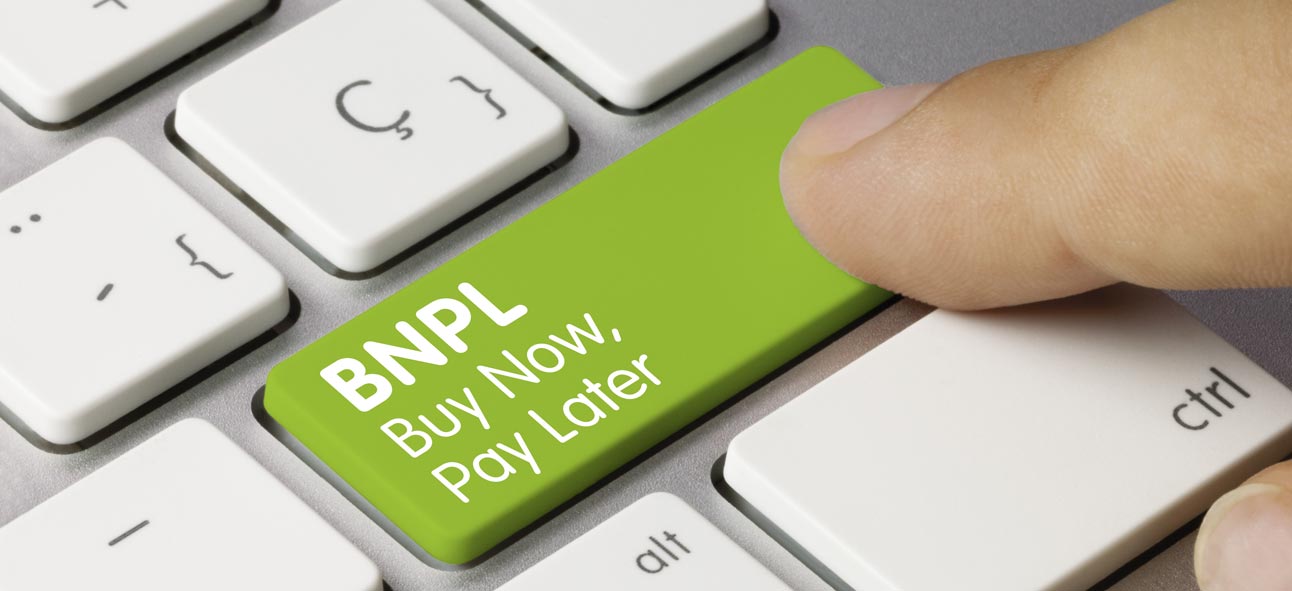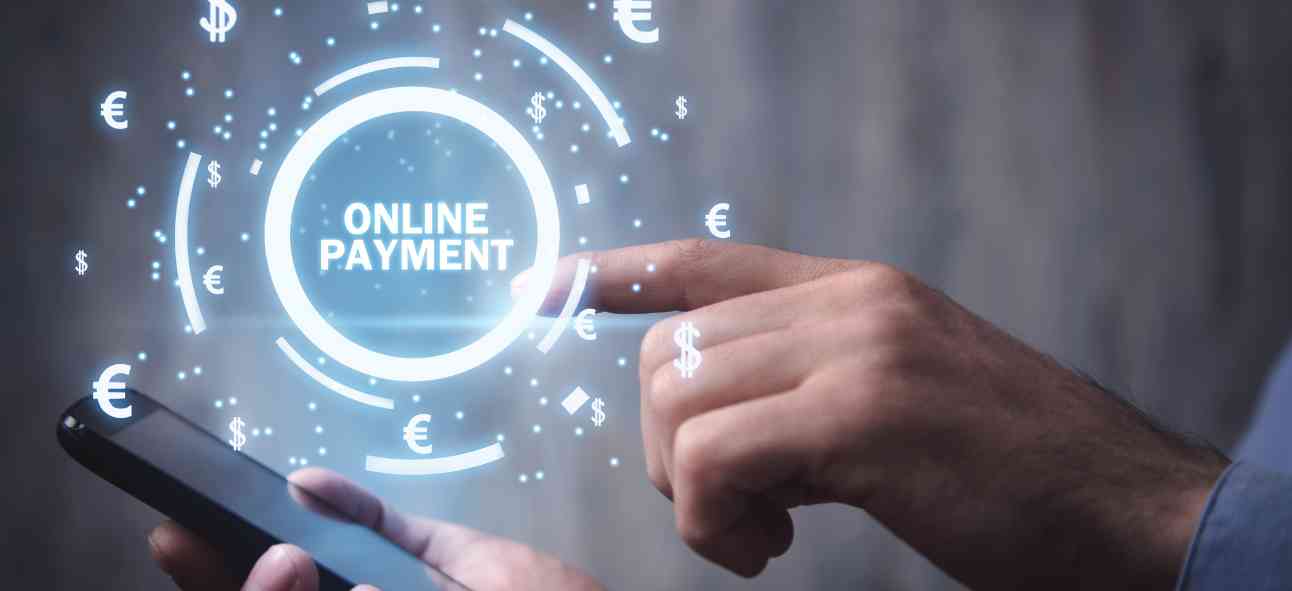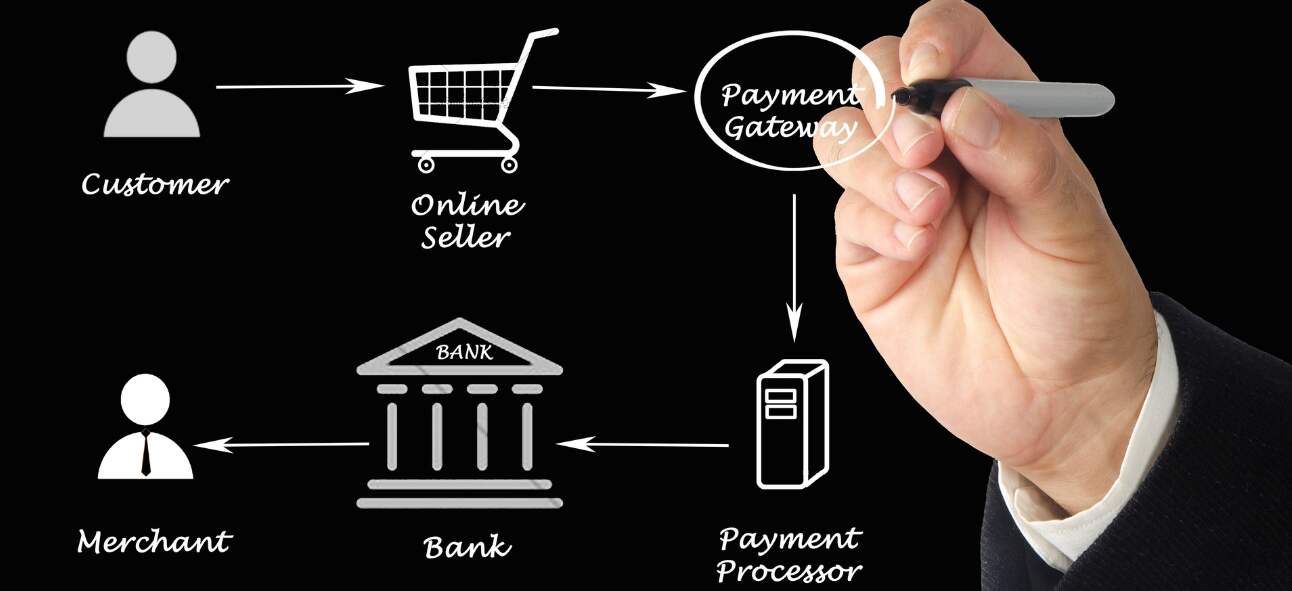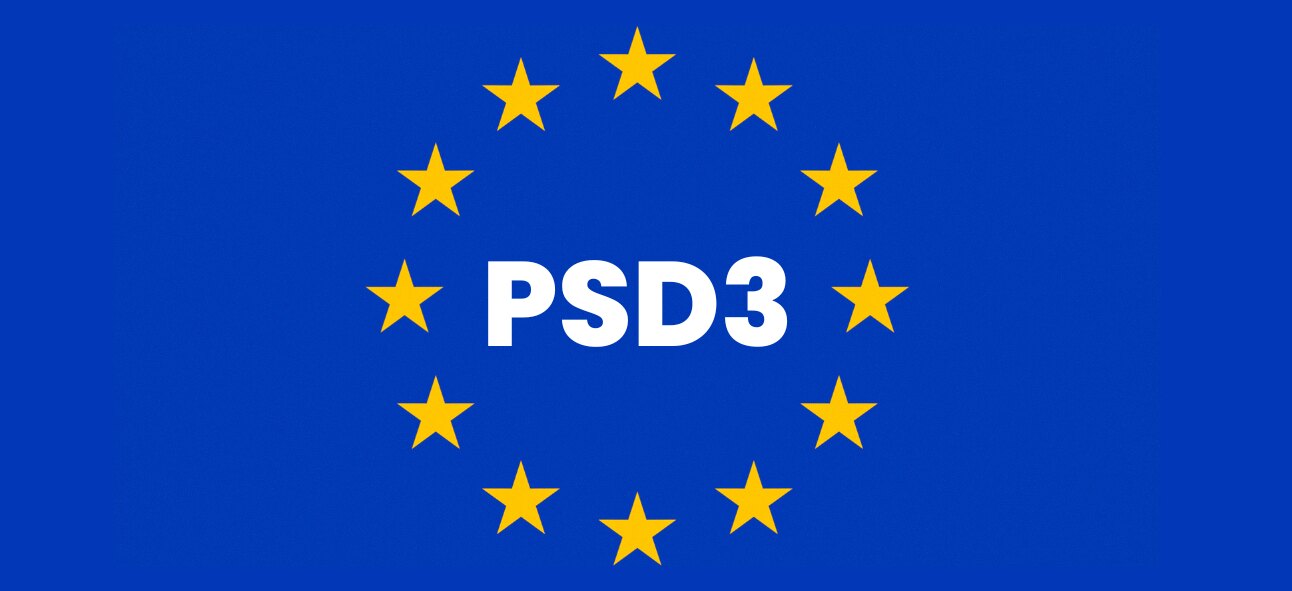Buy Now Pay Later has seen blazing growth in the last two years, driven by strong consumer demand. The Nordics, Germany, and the UK remain the top markets for BNPL payments. But can BNPL be used for business payments? What are the benefits of using BNPL in B2B payments? Learn more in this blog.
Virtual cards are poised to become a major force in B2B payments. Virtual cards have steadily been growing in popularity, from North America to Europe. Virtual card transactions will see immense growth by 2027. But what are they and how can your business use them? Read on to know more.
SWIFT gpi is the new standard in cross-border payments. Every business needs faster ways to transfer money and SWIFT gpi aims to improve speed, reduce costs, and increase transparency in international payments. Read more about SWIFT gpi payments and their benefits in this blog.
Digital wallets are soaring in popularity across the world. Rapid growth in mobile commerce has catalysed much of this change. Digital wallets embrace three main factors making them a considerable business appeal. Learn how digital wallets work and why they are essential for your business.
A chargeback is a process by which a consumer can dispute a claim on their credit or debit card. Chargebacks are an unavoidable part of doing business. Chargebacks can cost merchants precious money and hurt business. Learn the right approach to deal with chargebacks and mitigate their impact on your bottom line.
Starting your own business? For any small business that is starting out, having an understanding of the payment terms can go a long way in helping you create the best payment offerings for your customers. Online merchants must be aware of the key payment terms in order to smoothly navigate the world of online payments. In this blog, we talk about the ‘Big 4’ payment terms that you must know about.
Acquiring bank, issuing bank, how they impact your payments? It can get confusing for a business starting out. We break it down for you in this blog. All e-commerce transactions involve an acquiring bank and an issuing bank. The issuing bank is the cardholder’s bank which issues their card. An acquiring bank is the one that the merchant (read your business) has their account with. But where do acquirer and issuer figure in the payment process and what role do they play?
56% of businesses are concerned about payment fraud in cross-border transactions. At some point every business has to consider selling in international markets and has to test the waters. Taking a blind leap of faith, without adequate prepping, might not be the best or safest option. Hence, brands not only need to understand the nuances of selling overseas but also design a robust fraud strategy. If this sounds like you, read on to know what you can do about it.
Debit cards have not gone out of fashion, as new research shows. More people in Europe are using debit cards, more than ever before. Debit card payments in Europe have grown twice as fast as the number of debit cards issued. Across the region, over 17 markets see over a billion debit card transactions each year! This includes the Czech Republic, with more than 100 debit transactions per person every year. But, what can businesses learn from this trend?
Is a new regulation on the horizon? What is PSD3 likely going to be about? Is it mandatory in Europe? Is there a deadline? How PSD3 will Impact Your Business? Read on to know more about what has changed since PSD2. and what to Expect from the New PSD3 Regulation.
As peak sales season approaches, e-commerce merchants must prepare well for the rush. You must prepare your business, especially your payments, to make the most of this peak season. Many retailers face payment failures, higher fraud, and high payment costs because of ill-prepared payment systems. In this blog, we lay out five ways how payments can help.
Digital payments are the new normal. Businesses must adopt them to stay ahead and delight customers. Digital payments help you to design more seamless checkout journeys. You can easily embed payments into your checkout process so that buyers can pay easily at the click of a button. Learn how they improve your sales and drive profits.























